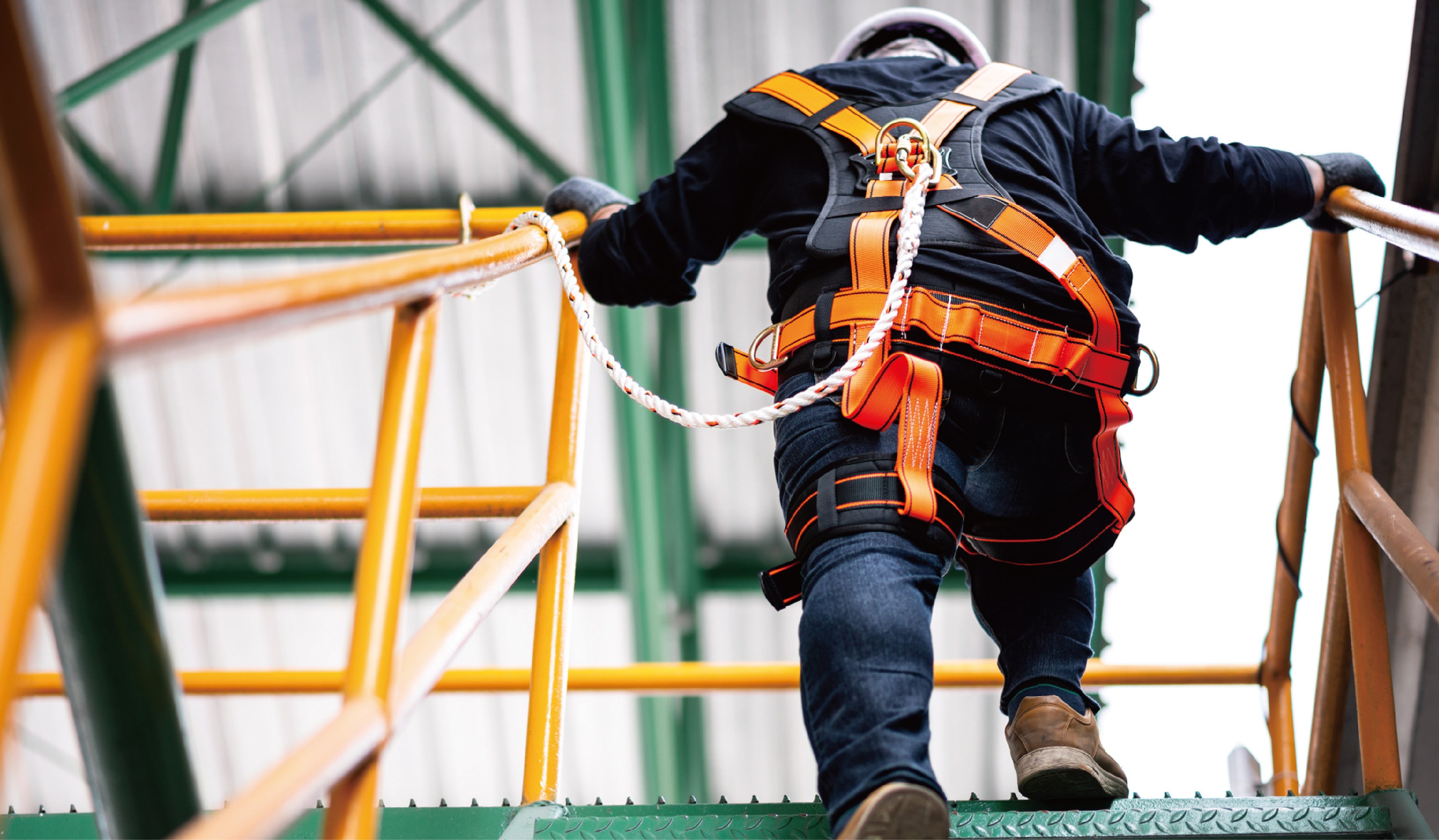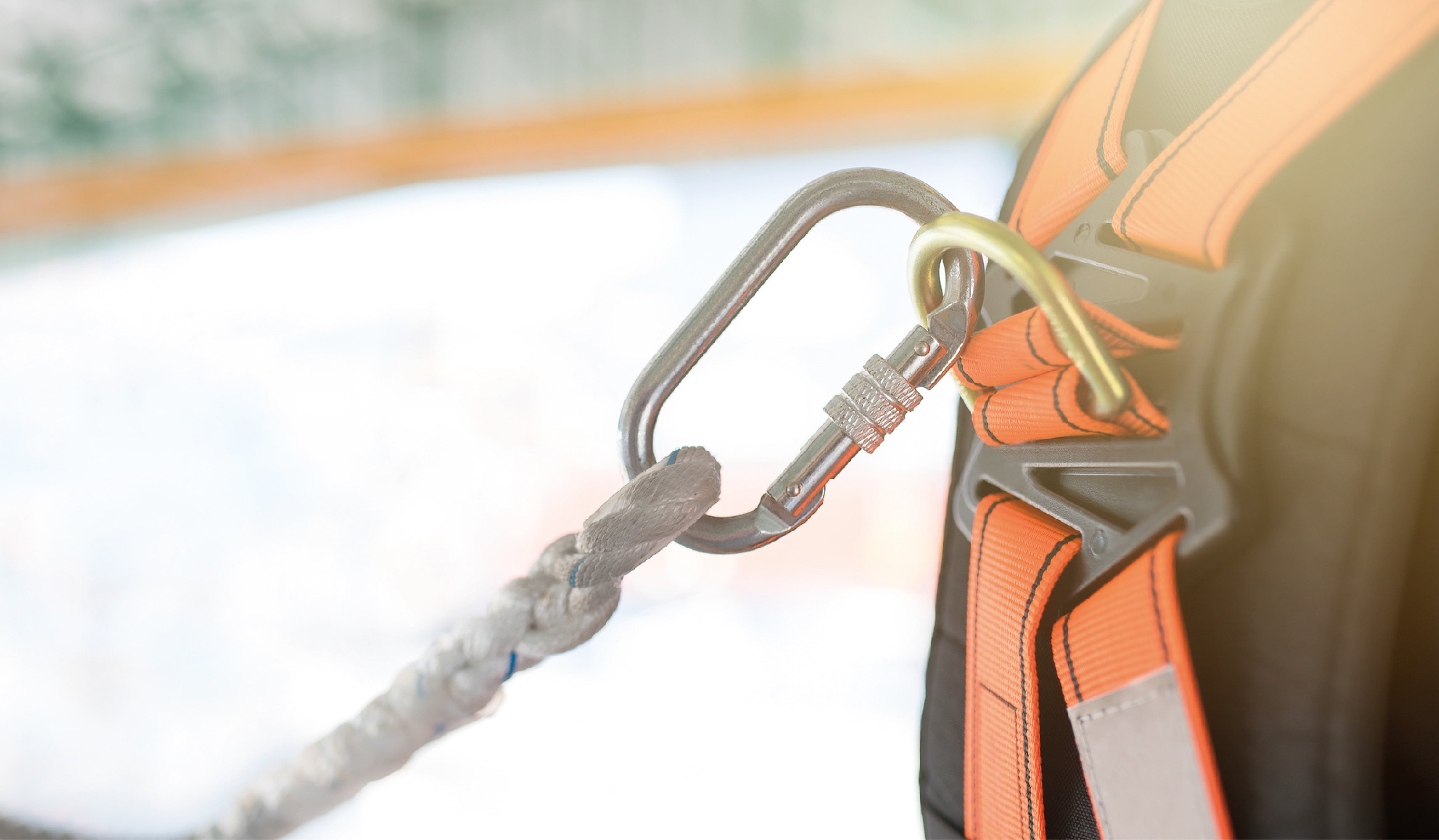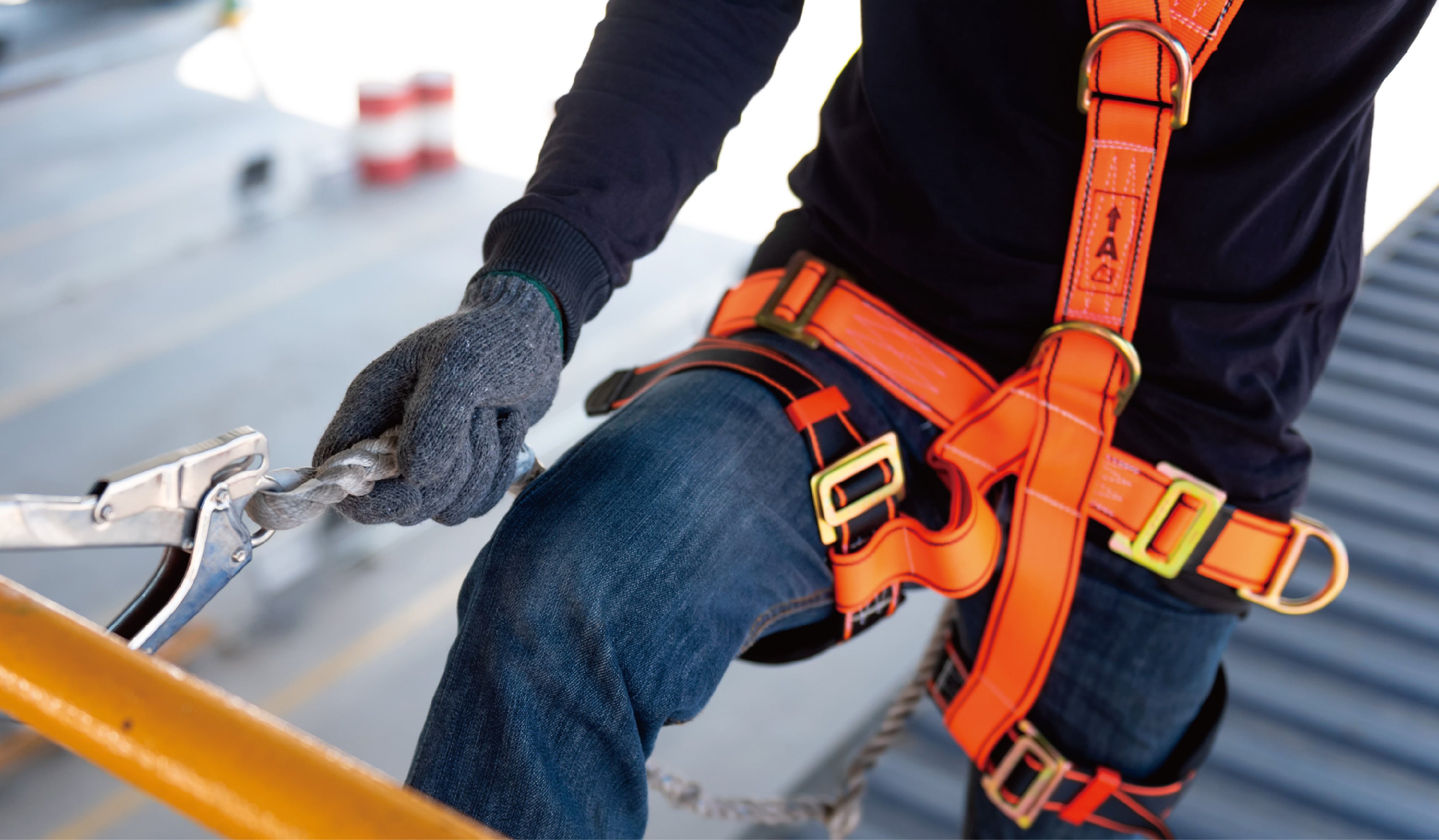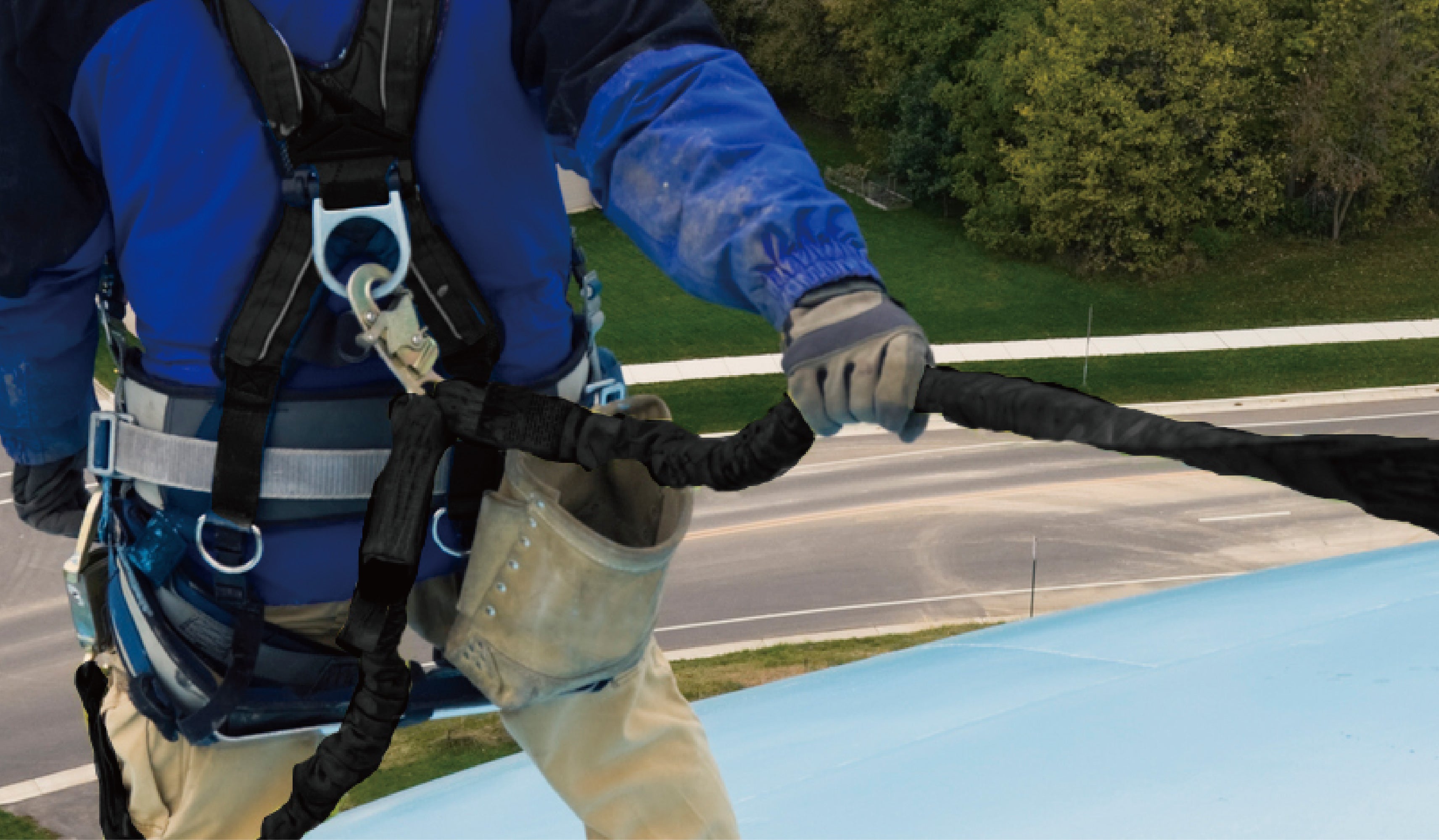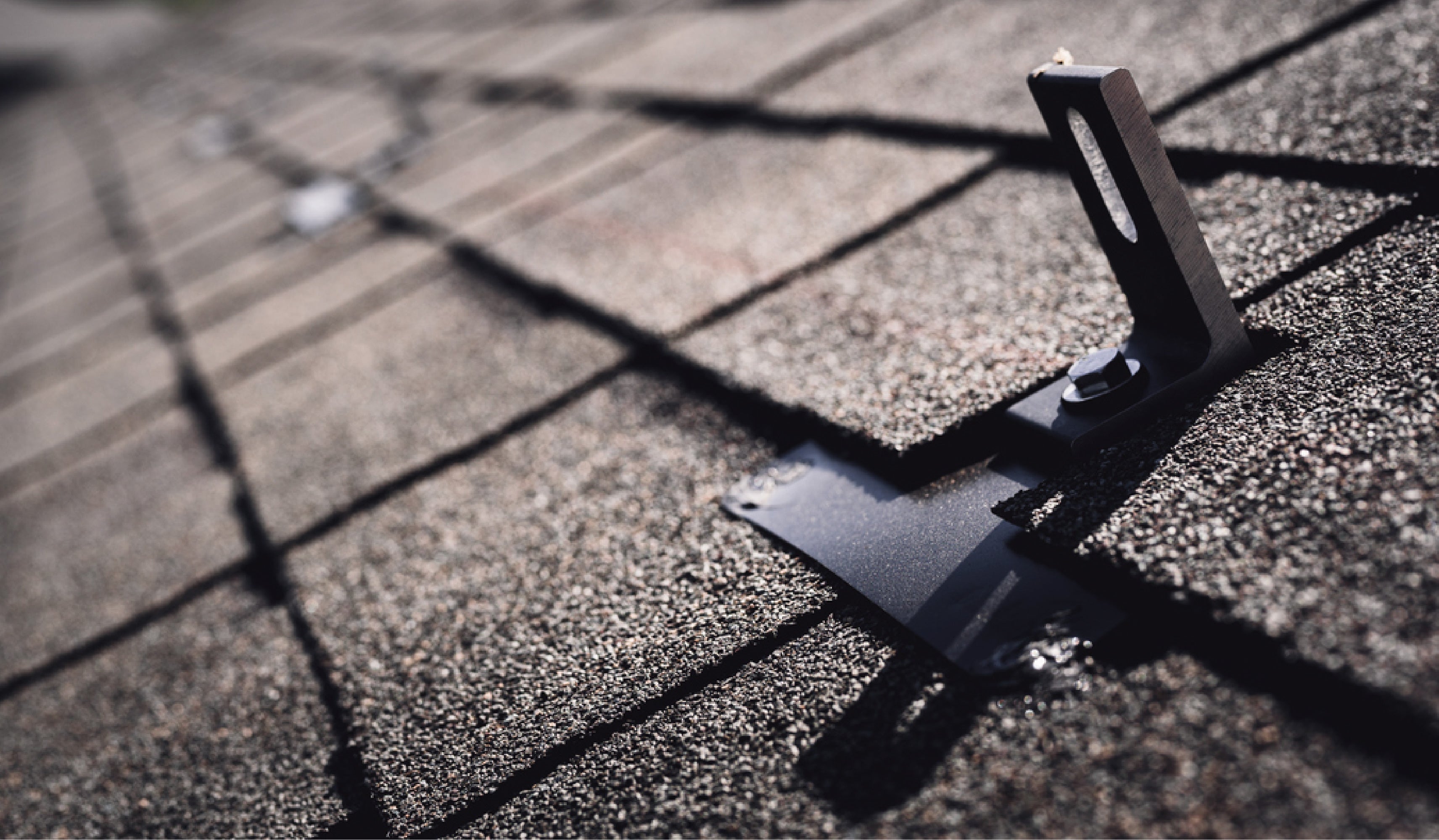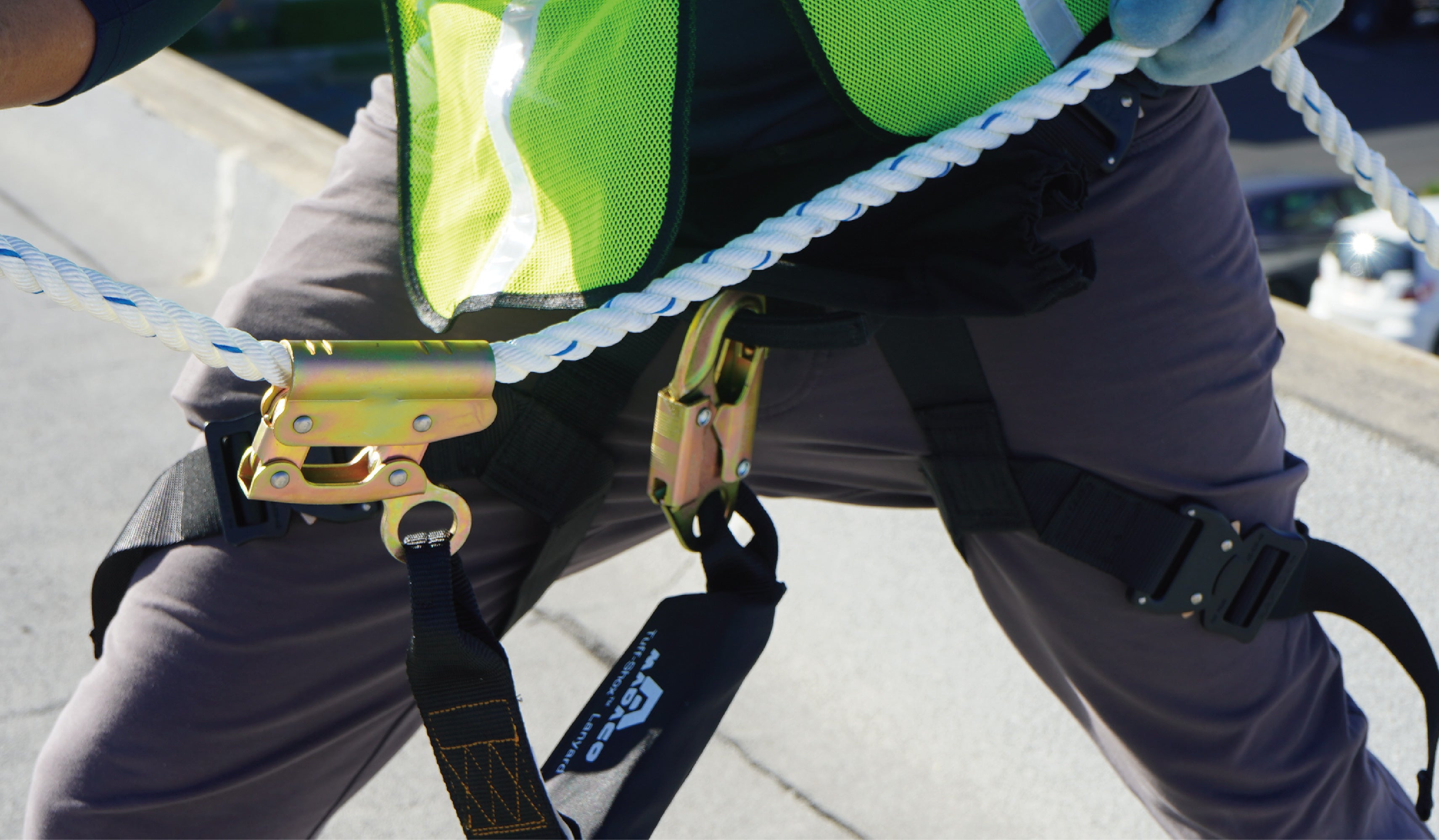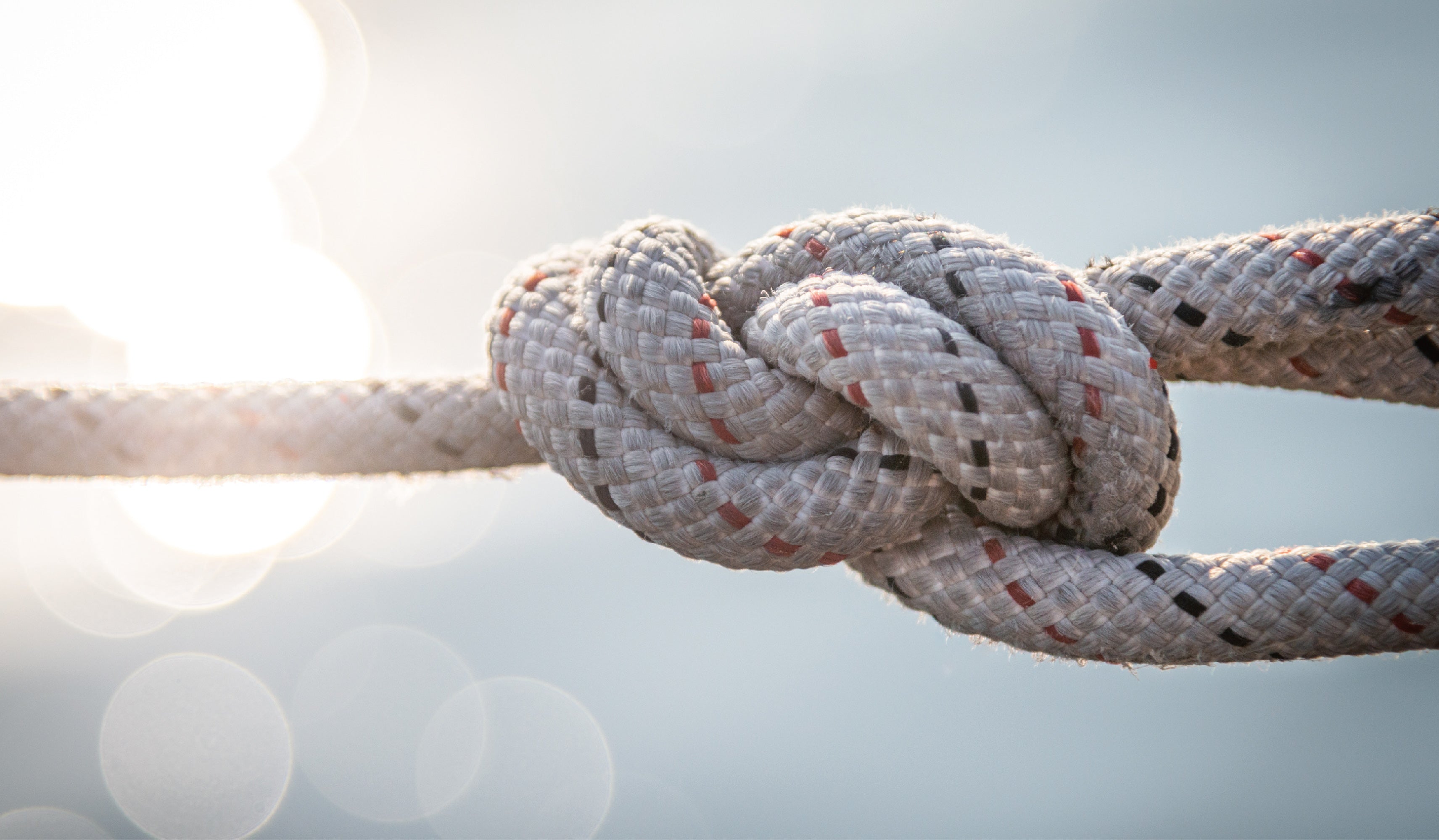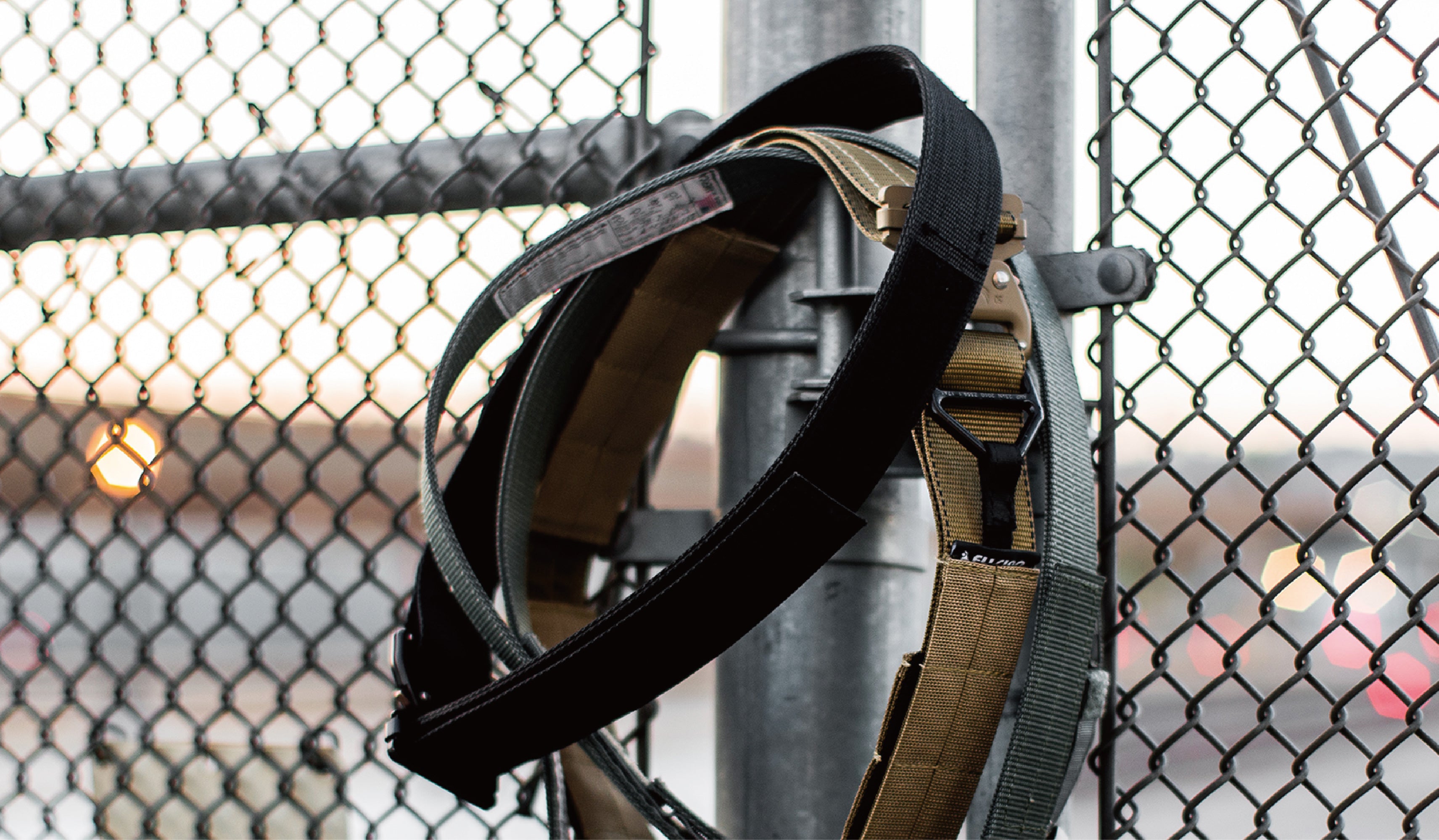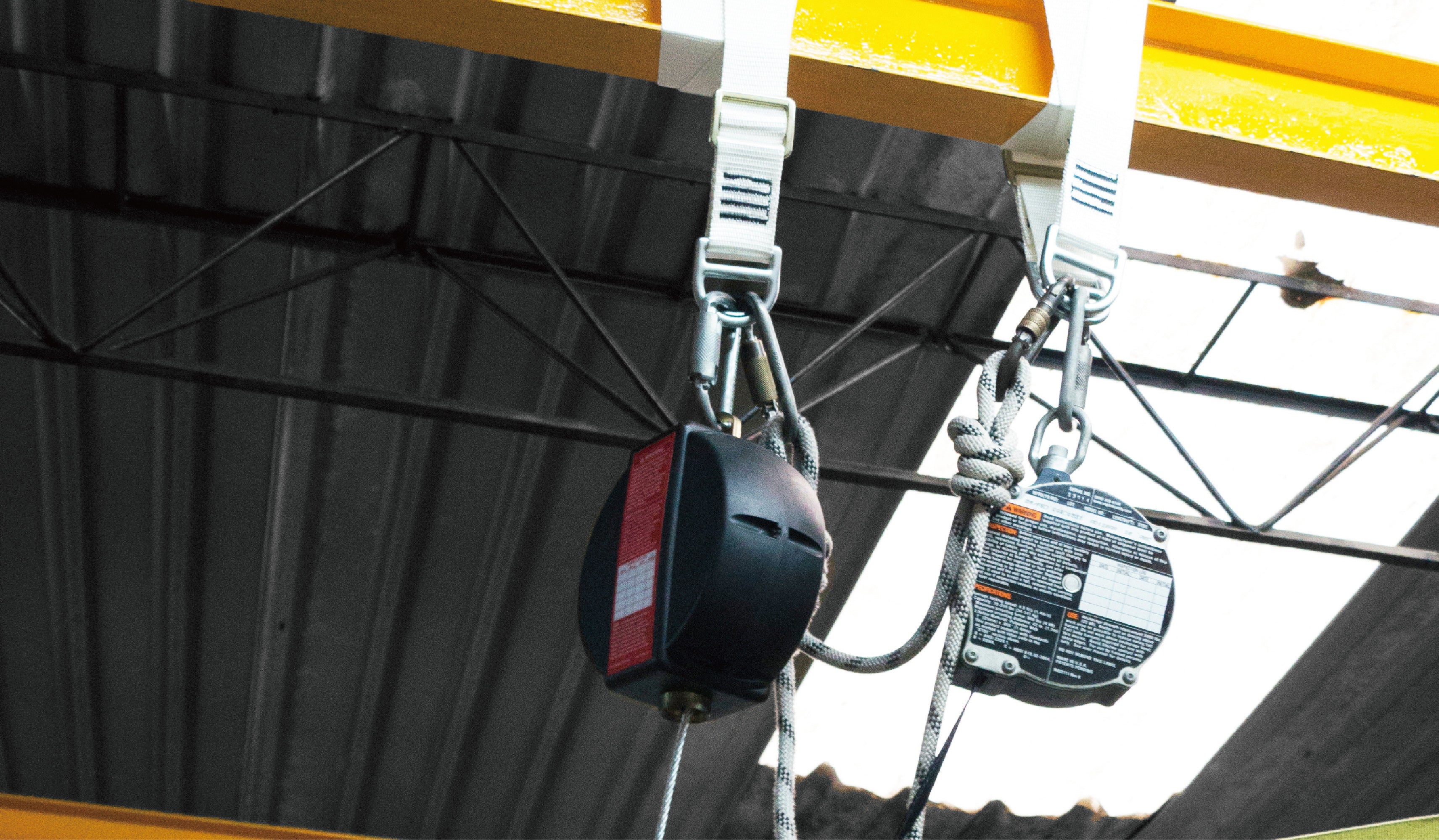Establishing yourself as an Arborist often involves a substantial initial investment. Before ascending the trees, acquiring a set of specialized equipment is imperative. Given the plethora of arborist gear available, determining where to commence can be challenging.
For novice Arborists, the decision-making process begins by distinguishing indispensable tools from optional accessories. What constitutes the essential toolkit for your profession?
Arborists with seasoned expertise gradually compile a roster of preferred manufacturers or tools tailored to specific tasks. Following several years in the field, a sense develops for the equipment that aligns best with individual work styles. Until that familiarity is gained, we've crafted an introductory guide outlining the necessary equipment to kickstart your journey.
1. Essential Protective Gear (Don't Overlook Those Chaps, Cowboy)
Indeed, you've got it right – securing some chaps, specifically chainsaw-resistant ones or, at the very least, chainsaw-resistant pants, is crucial.
Never should you arrive at a job site without all your Personal Protective Equipment (PPE). This gear is your safeguard, ensuring your safety on the field. Even if you possess a daredevil spirit, your supervisors are unlikely to greenlight any work without the proper protective gear. If they do, it might be worth contemplating whether their intentions are friendly or secretly harboring ill will.
Indispensable PPE Components:
- Boots
- Gloves
- Eye Protection
- Ear Protection (Plugs or Muffs)
- Chainsaw-resistant pants or Chaps
2. A Harness
To ascend that tree gracefully, you'll require a means to fasten yourself to the line. A harness or climbing saddle steps into this pivotal role, also serving as the anchor for all your gleaming new equipment.
When selecting a saddle or harness, prioritize comfort. If it doesn't feel right while you're still on solid ground, envision how it might become an uncomfortable companion when tethered to a rope. Consider potential discomforts like wedgies, pinching, squeezing, and chafing. None of these elements contribute to an enjoyable day.
3. Helmets
A helmet stands as an indispensable piece of equipment for any arborist, serving as a vital safeguard for the head against a range of potential hazards. Its primary function involves shielding against falling objects like branches and debris during tree-related activities. Beyond that, it plays a pivotal role in averting serious injuries that may result from falls off ladders or scaffolding, providing a protective barrier when coupled with a hard hat or safety harness. The comprehensive protection offered by a helmet is a fundamental aspect of ensuring the safety and well-being of arborists in diverse working environments.

4. Rope
Who would have thought that as an arborist, the most crucial requirement isn't just an uncanny ability to commune with trees but a profound need for good old-fashioned rope? It's not just for playing arboreal tug-of-war with the branches.
Yet, the rope's versatility doesn't end there—it seamlessly transitions from a lifeline to a logistical maestro. This unassuming strand takes center stage in the intricate ballet of moving logs, orchestrating their journey from the ground, elegantly ascending through the canopy, crossing from side to side, and ultimately directing them from the lofty perch of a tree to the waiting bed of a truck. In the world of arborists, the rope is not just a safety net; it's a dynamic performer, seamlessly balancing between protection and precision.
Features To Look for In an Arborist Climbing Rope:
- Firm Core
- Low Stretch
- Double Braid
- High Strength
- Soft Grip Cover
5. Carabiners (by the millions)
The necessity for a multitude of carabiners in the toolkit of an arborist stems from their versatile applications in the demanding field of tree climbing and safety. These sturdy and reliable clips play a pivotal role in the arborist's equipment ensemble for several reasons. Firstly, they provide essential attachment points, allowing arborists to secure themselves at various locations within a tree, enhancing flexibility and movement.
Furthermore, carabiners contribute to the organization of equipment by facilitating the attachment of tools, bags, or other gear to the harness, ensuring accessibility and preventing accidental drops. In emergencies, multiple carabiners are indispensable for efficient and secure rescue operations, enabling the creation of anchor points and establishing connections.
The concept of redundancy is crucial in arboriculture, and having extra carabiners serves as a backup in case of equipment failure, ensuring an unwavering commitment to safety. Lastly, the ability to quickly change configurations for different tasks is facilitated by the presence of numerous carabiners, saving valuable time and effort during complex tree-climbing maneuvers. In essence, the diverse uses of carabiners underscore their importance, enabling arborists to navigate trees with safety, efficiency, and adaptability.
Look Into these types of carabiners:
- Self-locking Safety Gate carabiners
- Easy to open and close carabiners
- Triple lock gate carabiners
- Multiply these by a million
6. Positioning Lanyard
The Positioning Lanyard commonly serves as a secondary attachment in your climbing system, crucial for maintaining your position during arborist tasks. It is essential to ensure that your Positioning Lanyard aligns with the strength requirements for the ropes, snaps, and biners it interacts with.
An alternative worth considering is the flip line—a specialized type of Positioning Lanyard featuring a steel wire core. As the name suggests, flip lines facilitate easy movement up and down a tree. This variant, known for its popularity, has the potential to simplify your tasks and enhance overall efficiency.
7. Expanding Your Gear Collection:
While not immediate essentials, there are several additional pieces of equipment that you might find beneficial to incorporate into your arsenal over time. The timing of these additions is at your discretion, but here are a few considerations:
- Throw bag and Line: Commonly used by tree surgeons, a throw bag and line, typically a lightweight polyethylene line with a small throw weight, offers an efficient method for installing a rope in a tree. A well-executed throwline technique can save time, and effort, and mitigate unnecessary risks.
- Climbing Irons: Eventually, you might consider investing in a pair of climbing irons. Opting for a set with velcro pads, if within your budget, adds extra comfort to the climbing experience.
- Flip line: If you use climbing irons, a steel core flip line becomes a necessary companion.
- Cambium Saver: This piece of equipment is not only tree-friendly but also spares your rope from unnecessary wear.
- Pulleys: Handy for various tasks like tending a prussic or setting up a redirect, small climbing pulleys or micropulleys prove to be useful extras.
- Rigging Gear: Serious tree work will eventually require rigging (lowering) kit, but that's a discussion for another day.
- Ladder: While not the primary tool in an arborist's kit, having a ladder can prove invaluable for accessing lower branches, conducting ground-level assessments, and facilitating a more comprehensive approach to tree care tasks.
- Loppers: with a ratchet action excel in swiftly and cleanly cutting through both small and large limbs. It's essential to wear gloves when using loppers or other pruning tools to safeguard your hands from blisters, splinters, and potential injuries.

Before Making a Purchase:
Consider these suggestions as a well-intentioned starting point, and conduct thorough research before acquiring any equipment. Discussing with your training provider can provide valuable insights.
Especially for crucial gear like a harness, which will essentially become a permanent attachment, it's advisable to try before you buy whenever possible. If visiting a store isn't feasible, inquire among your colleagues if you can borrow gear for a test climb. Alternatively, order a couple of different harnesses online, examine them at home, assess their fit and comfort, and, after keeping your favorite, return the others in perfect condition.




